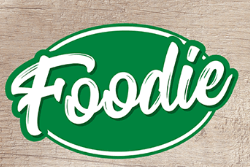Let’s be honest — we all have that one plastic cutting board.
You know the one.
The slightly warped, battle-scarred veteran that’s seen more onions, chicken, and mystery stains than you’d like to admit.
You rinse it.
You give it a quick wipe.
You think it’s clean.
But then one day, you look closer.
Grooves full of gunk.
Stains that won’t budge.
A faint smell that says, “I’ve been through things.”
And you wonder:
“When was the last time I really cleaned this thing?”
Because here’s the truth:
A dirty cutting board isn’t just gross.
It’s a breeding ground for bacteria — especially after raw meat, poultry, or fish.
Let’s explore how to deep clean and sanitize your plastic cutting board — and why it’s one of the most important things you can do for food safety.
🧽 Why Plastic Cutting Boards Need More Than a Rinse
Plastic boards are popular because they’re:
Affordable
Lightweight
Dishwasher-safe (some)
Non-porous (when new)
But over time, knife grooves create tiny cracks where:
Bacteria hide
Food particles get trapped
Odors linger
And no amount of cold water or a quick soap swipe will fix that.
So if you’re serious about a clean kitchen?
You need a real cleaning routine.
🧴 5 Proven Methods to Clean & Sanitize Your Plastic Cutting Board
1. Soap and Hot Water – The Daily MVP
This isn’t optional — it’s essential.
✅ How to do it:


